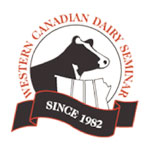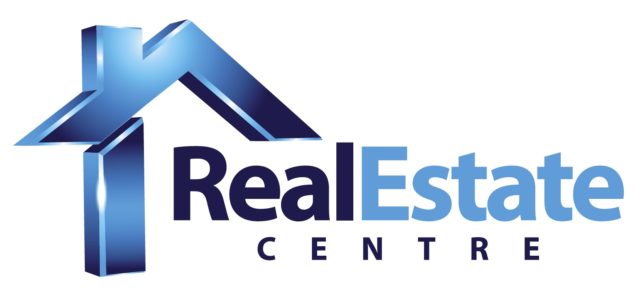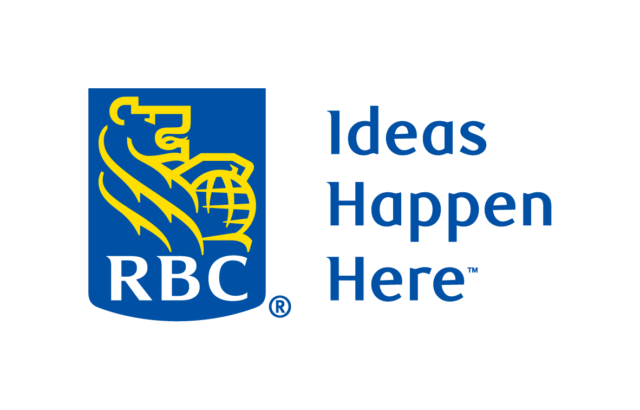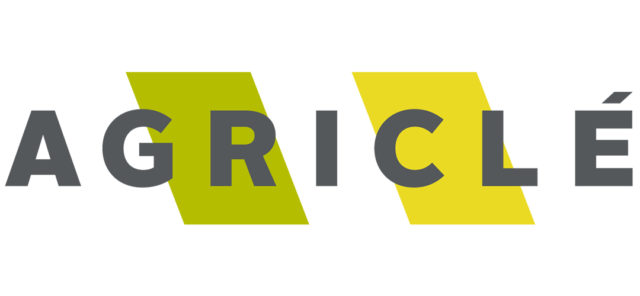
Designed for people who want to improve their knowledge and decision-making abilities in dairy production and management, the 29th Western Canadian Dairy Seminar welcomes dairy producers, extension specialists, researchers, and dairy service and supply representatives.
Each year a wide variety of topics are presented ranging from nutrition and reproduction to dairy policy and challenges facing the dairy industry.
This year’s event will be held March 8-11 at the Capri Hotel, Trade and Convention Centre in Red Deer, Alberta. With the theme, “Facing the Challenges of Modern Dairying,” the seminar begins with a pre-conference tour of three local dairy farms or two pre-conference workshops geared towards industry nutritionists and dairy producers.
Plenary sessions throughout the week include consumer and producer realities, health management, optimizing feeding efficiency, environmental impact of dairying, strategies to improve reproductive performance, minerals for a healthy herd, and strategies to improve your bottom line.
Four speakers will present their “strategies to improve your bottom line” at the final plenary session on Friday, March 11.
Click a link below to learn more about a specific presentation:
Biosecurity measures to safeguard your farm presented by Dave Kelton, University of Guelph
A timeline approach from calving to the end of voluntary waiting period to increase pregnancy rate presented by Carlos Risco, University of Florida
Alberta Johne’s Disease Initiative presented by Gerald Ollis
The impact of forage use and quality on economic returns of Canadian dairy farms presented by Edith Charbonneau, Université Laval
back to top
 Biosecurity measures to safeguard your farm
Biosecurity measures to safeguard your farm
Presented by: Dave Kelton
University of Guelph
Why is this topic important?
Biosecurity has been a hot topic of discussion in animal agriculture for the last 10 years or more, yet there are many varied definitions of biosecurity and many misconceptions about what biosecurity means on most farms.
While I don’t expect we will ever see the high intensity biosecurity programs that are in place on many poultry and swine operations implemented on dairy farms, there is a need to think carefully about the way we manage our dairy herds and how we might decrease the risk of transmitting infectious diseases among herds, among animal groups on farms, and between animals and people.
What do you hope attendees will take away from this presentation?
My hope is that the attendees will leave with a better appreciation of what biosecurity means, and that it has implications far beyond simply preventing the introduction of a rare foreign animal disease.
I hope they will have a better understanding of what they could/should do on their own farms to decrease disease transmission risk from infected to uninfected groups and individuals. I hope dairy producers think more seriously about adopting a “buyer beware” approach when moving livestock and purchasing herd additions.
back to top
 A timeline approach from calving to the end of voluntary waiting period to increase pregnancy rate
A timeline approach from calving to the end of voluntary waiting period to increase pregnancy rate
Presented by: Carlos Risco
University of Florida
Why is this topic important?
It allows an opportunity for an early diagnosis and treatment of calving-related disorders (uterine infections, mastitis, ketosis, displaced abomasums, etc.) early postpartum and thus improves animal health and well-being.
What do you hope attendees will take away from this presentation?
Application of a timeline approach as part of a reproductive program helps mitigate the negative effect of postpartum disorders on fertility and milk production by establishing health monitoring practices by trained farm personnel during the early postpartum period.
back to top
 Alberta Johne’s Disease Initiative
Alberta Johne’s Disease Initiative
Presented by: Gerald Ollis
Alberta Johne’s Disease Initiative
Why is this topic important?
What we’re trying to do is promote the importance of Johne’s Disease as a production-limiting disease. This program is based on the national standard developed in Canada. Producers are starting to enroll and veterinarians are being sent out to evaluate the risk of entry and spread of disease.
Once information is collected, we can do some comparisons and determine what are the greatest risk factors. The second step of the program is to focus on making management changes on the dairies. A third phase would be to take measures to eradicate the disease.
What do you hope attendees will take away from this presentation?
I want people to understand that we probably have more Johne’s Disease in the province than what we are aware of. It is a voluntary program and I want to encourage producers to take part in it to reduce the spread of Johne’s on their farms and between farms.
back to top
 The impact of forage use and quality on economic returns of Canadian dairy farms
The impact of forage use and quality on economic returns of Canadian dairy farms
Presented by: Edith Charbonneau
Université Laval
Why is this topic important?
There is an economic interest for dairy producers to manage their forage properly.
What do you hope attendees will take away from this presentation?
Using low-cost but high-quality forages in the appropriate proportion will result in better economic returns and decrease the variation in net incomes associated with the increase in concentrate feed costs. It does not mean that concentrate feeds should not be used. On the contrary, they should be chosen in order to maximise forage utilisation.
In addition to the formal program, there is ample opportunity throughout the seminar for one-on-one discussions between the speakers and participants.
For more information, visit www.wcds.ca, e-mail wcds@ualberta.ca or call (780) 492-3236.









